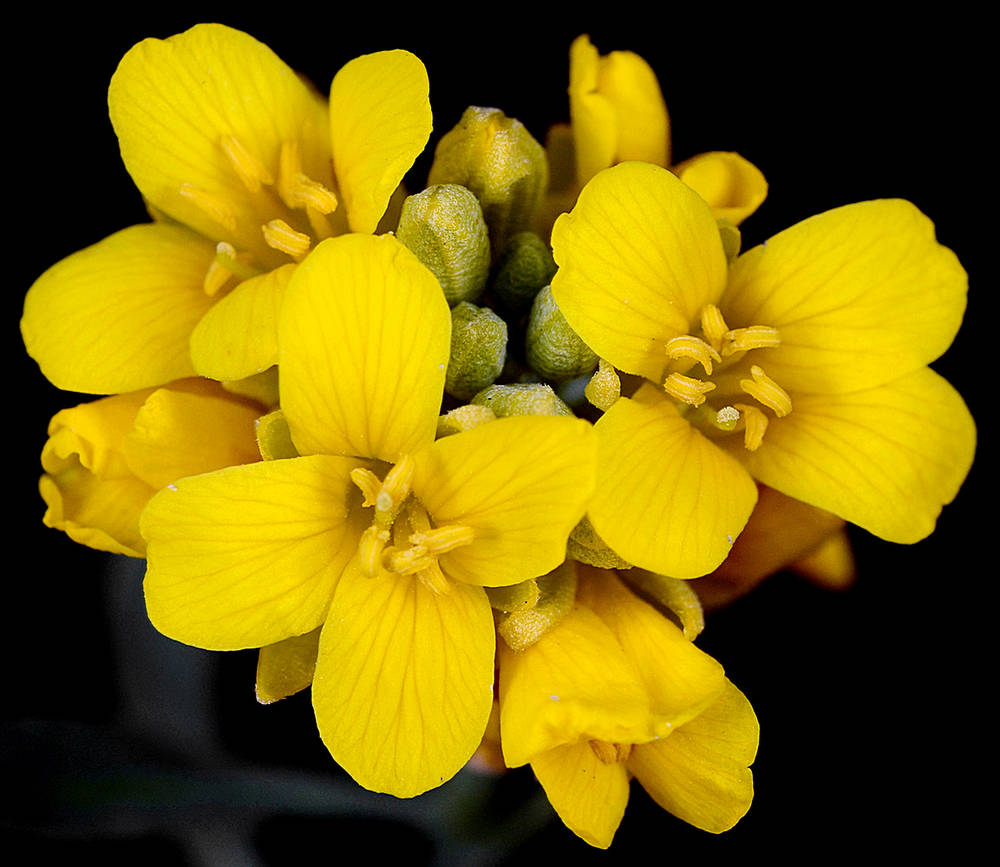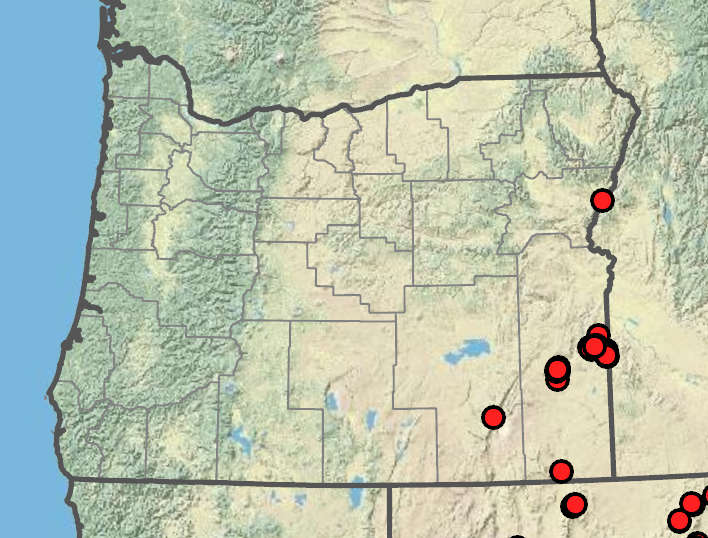Physaria chambersii
Physaria
Chambers' bladderpod
bladderpod, twinpod
arising laterally, 5–15 cm.
obovate to orbicular, 3–6 × 1–2 cm;
margins entire or dentate.
rosulate;
margins entire, dentate, or pinnatifid, usually petiolate.
spatulate, 1–2 cm × 3–6 mm;
margins entire.
bases not auriculate.
fruiting pedicels divaricate, slightly sigmoid, 8–15 mm.
bracts 0 or rarely basally with bracts.
sepals narrowly lanceolate, 5–8(9) mm;
petals narrowly oblanceolate, 9–12 mm, yellow;
claws undifferentiated;
ovules 4–12 per ovary;
styles (4)6–8 mm.
sepals erect or spreading, oblong to ovate, saccate;
petals broadly ovate or spatulate; > sepals, usually yellow, clawed or not, nectar glands confluent or lateral;
stamens 6, tetradynamous;
anthers obtuse;
ovules 4–28(40) per ovary;
septa complete or perforate, usually with apical midvein extending to center;
styles distinct;
stigmas entire.
didymous; terete, bases obtuse to subcordate;
tips notched, pubescent, retaining seeds after dehiscence;
valves keeled and 3-angled on back; flat-sided; bladdery, strongly inflated, 1–1.5 × ~1 cm; replums oblong, obtuse at tip, 4–6 × ~1 mm; narrower than fruits.
dehiscent silicles, latiseptate, or angustiseptate, inflated or not, globose, ellipsoid, oblong; ovoid, or didymous; terete, unsegmented;
valves not torulose; replums rounded.
not margined.
biseriate, often suborbicular, flattened, lenticular or plump, mucilaginous or not when wetted; wingless or rarely winged or margined;
cotyledons accumbent.
few-rayed, with umbos;
rays forked, slightly tuberculate.
stellate or scurfy; short-stalked or sessile.
=8, 10, 16, 24.
Physaria chambersii
Physaria
Loose gravel, clay hillsides, sagebrush, pinyon-juniper communities, steep road banks. Flowering Apr–Jun. 500–1400 m. BR, BW, Owy. CA, NV; southeast to AZ. Native.
Asia, North America, South America. 106 species; 6 species treated in Flora.
Recent work has shown that Lesquerella is indistinct from the genus Physaria, and both genera have been united under Physaria.
Ihsan Al-Shehbaz
Ihsan Al-Shehbaz
- Local floras:
CA,
OR,
WA
- Local Web sites:
CalFlora,
CalPhotos,
Flora NW,
PNW Herbaria
WildflowerSearch
iNaturalist (observations)
USDA Plants Database
- LBJ Wildflower Center
- SEINet
- Plants of the World Online
- Encyclopedia of Life
- Wikipedia
- Google Image Search



